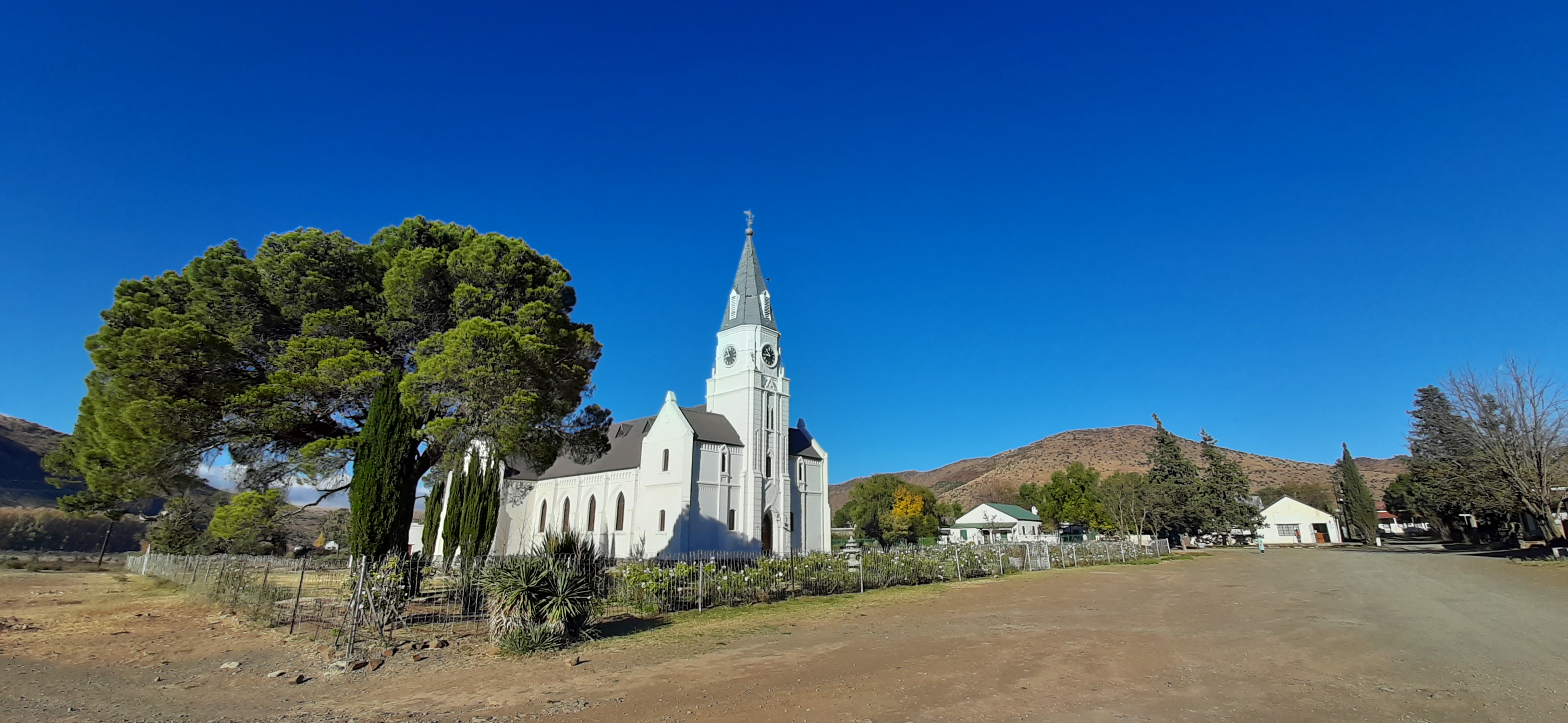
The historic Dutch Reformed Church is probably the biggest landmark in Nieu-Bethesda. It’s perhaps not as famous as the Owl House or interesting as the Kitching Fossil Centre, but if it comes to landmarks, it stands out in town. I’m always in awe of the fact that such a magnificent building was constructed in such a small place and like to pop around when visiting the village.

The village of Nieu Bethesda was established in 1875 on the farm Uitkijk which belonged to Barend Jacobus Pienaar. The early inhabitants of the farm were always on the lookout for wild animals and raiding Bushmen, hence the name Uitkijk, loosely translated as Lookout. The farm was located in the well-watered valley of the Gat River within the Sneeuberge.

Although Nieu Bethesda is relatively close to Graaff-Reinet, the mountainous terrain and the treacherous weather conditions with summer temperatures in the 40C and heavy snow in winter, made it difficult for the farming community in the area to travel the 8-hour journey to the mother church in Graaff-Reinet. The land was purchased from Pienaar on behalf of the Dutch Reformed Church council for the price of £4000 on 8 February 1875.

In 1878 Rev. Charles Murray from Graaff-Reinet made a few suggestions regarding a name for the village and at the founders meeting said: “Laten sy dese plaats nu Bethesda noemen.” These words are reported to have been minuted incorrectly as “Laten wij het Nieuw Bethesda noemen.” In fact, during the prolonged negotiations, the name Nieu Bethesda had been used frequently – probably because of the strong fountain and its biblical reference. (John 5: 2-4.)
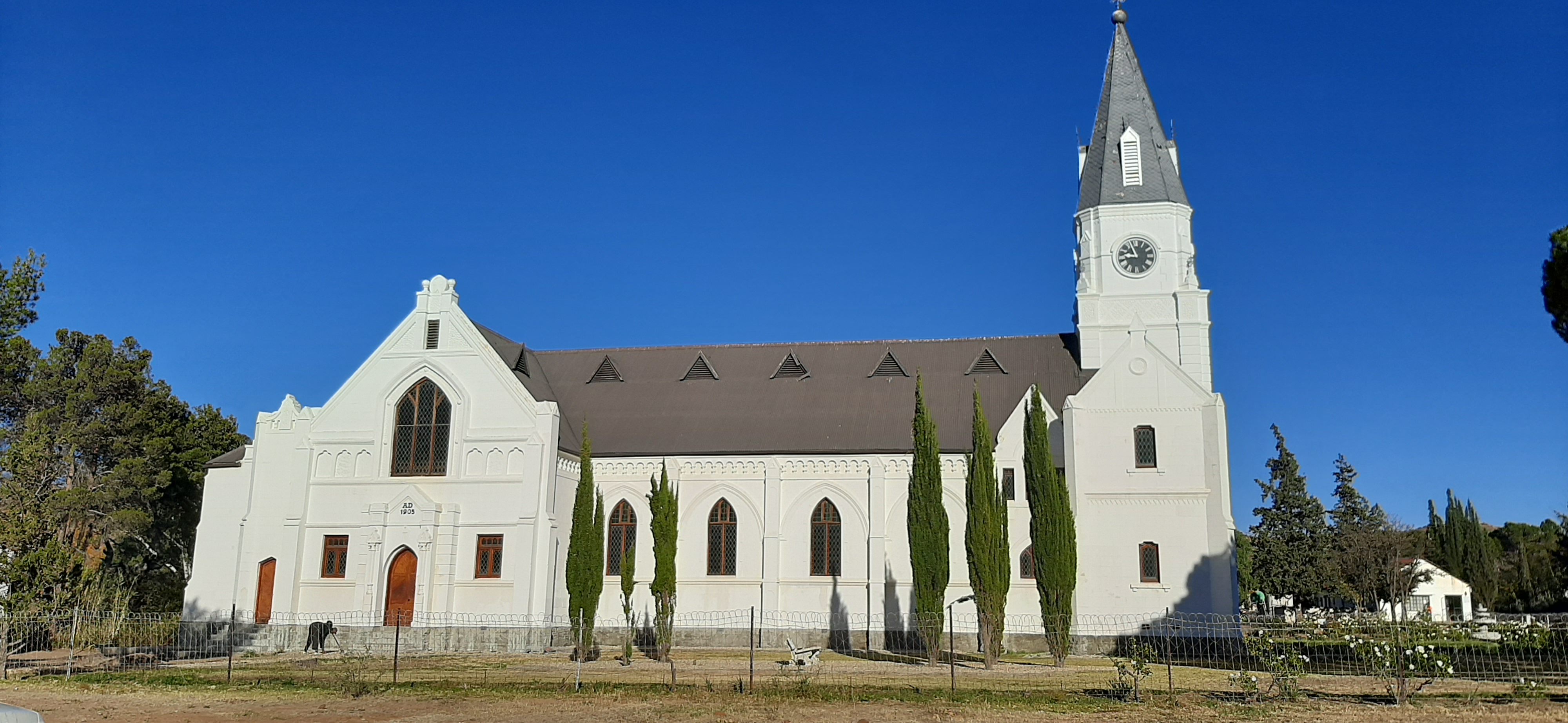
The imposing church building, with seating for up to 700 souls, was consecrated in 1905 at a cost of £7000. Stones for building the church, some almost 2,5m long, were obtained from the town commonage and the problem of transporting the long beams by ox wagon was solved by placing bales of straw on the wagon so that the beams protruded over the hind oxen. The magnificent church organ was commissioned for the first time in June 1914 and built by Price and Sons in Cape Town. It consists of 16 registers and more than 624 pipes. The church is still lit by gas powered chandeliers that pre-date the arrival of electricity in the village.
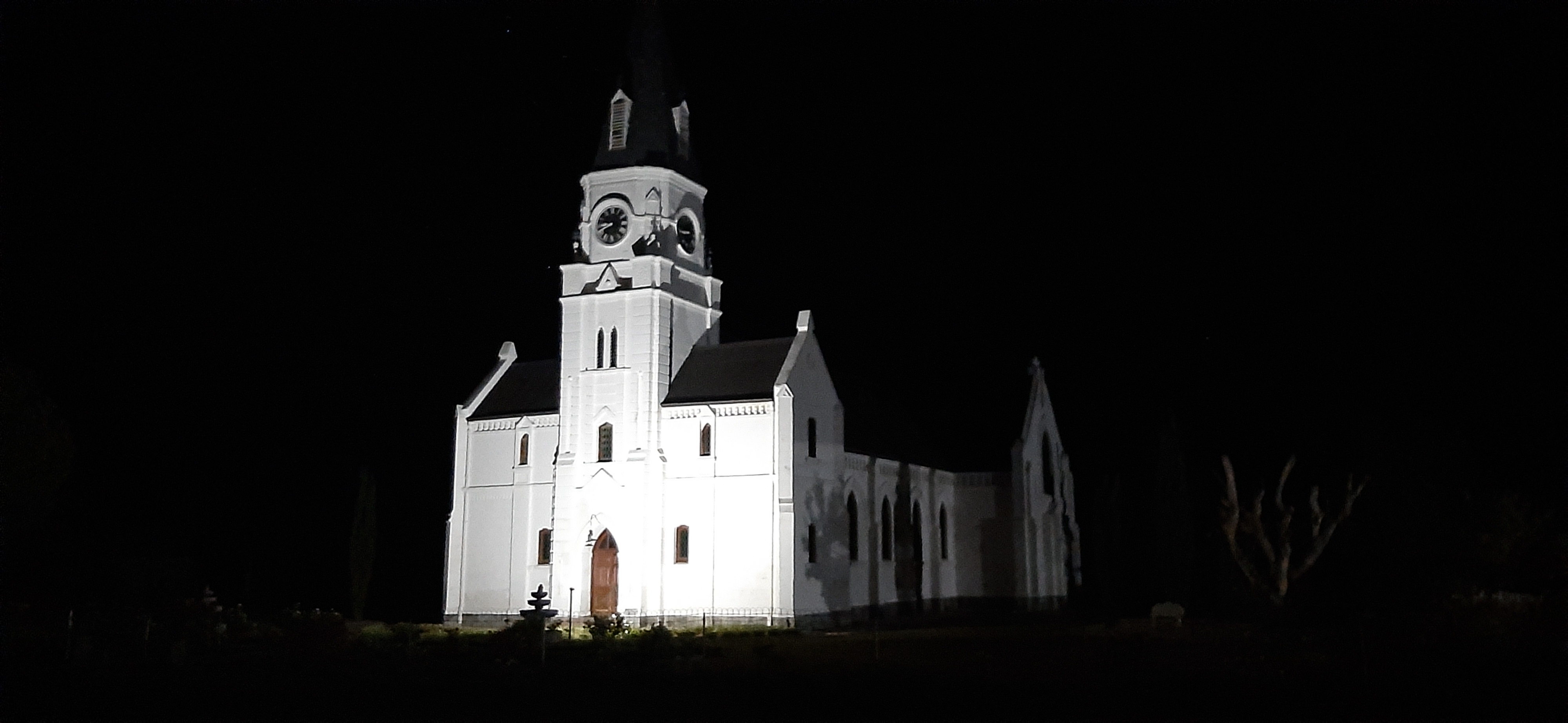
As I stayed less than a block away on my last visit, I took a stroll to the church after dinner to grab a picture or two. The church is lit up by spotlights which makes it look quite haunting especially seeing that the village doesn’t have any streetlights lighting up the dark surroundings.
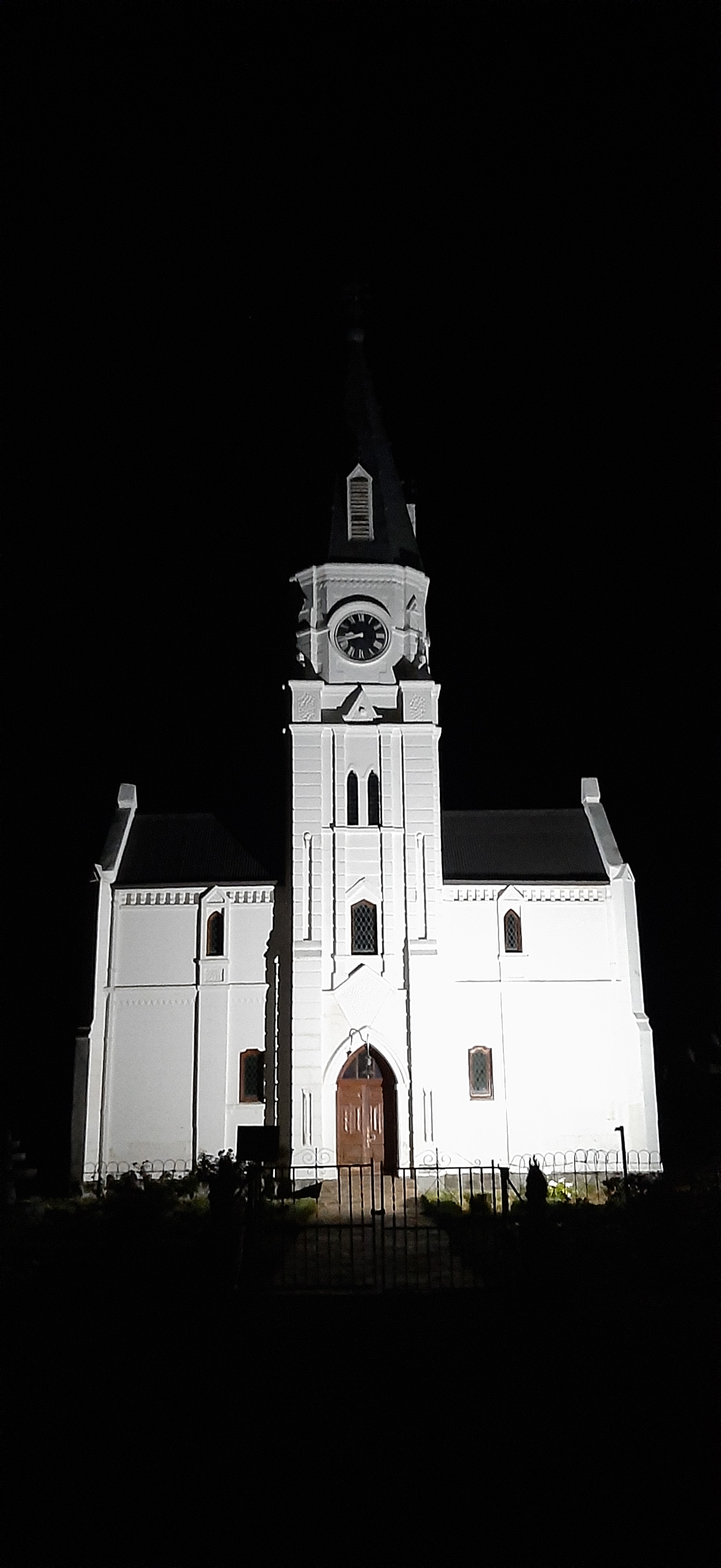
Even though the church hasn’t had a permanent minister since the 1960’s, regular services are done by ministers from Graaff-Reinet and visitors can see the inside of the church by prior arrangement.


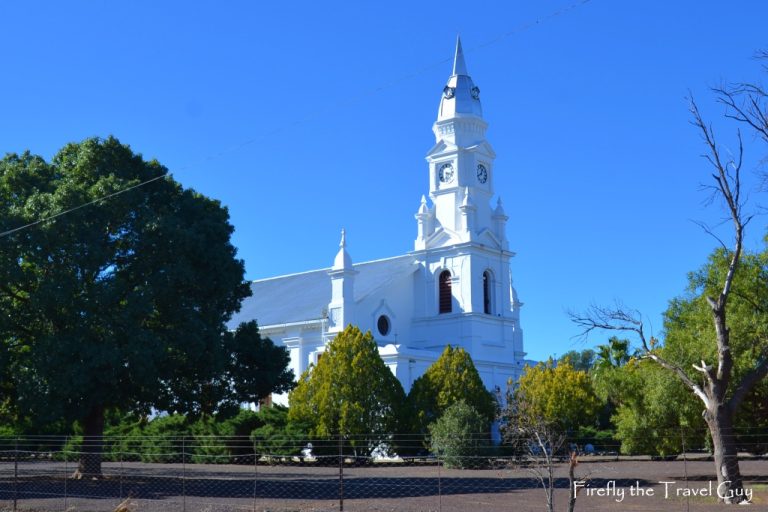
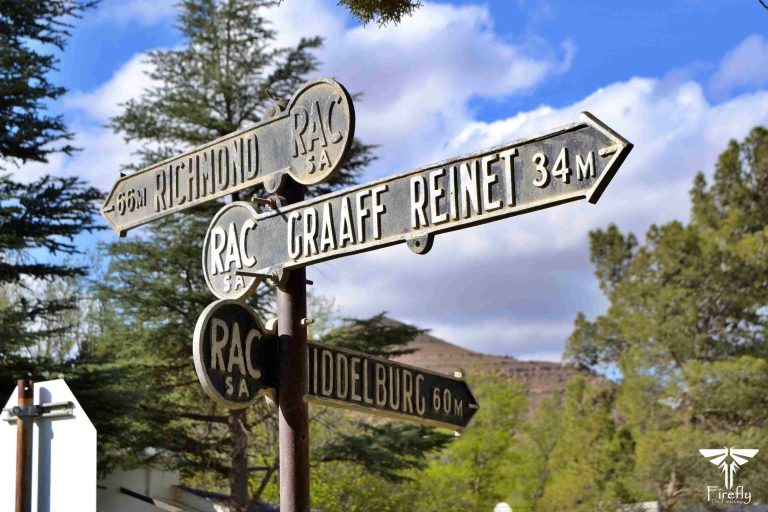
Thanks for this interesting post. There must be many well preserved churches in EC and Karoo, frozen in time. And I have seen a string of very early ones along the W side of Lesotho. It would be good to see more of these blogged!